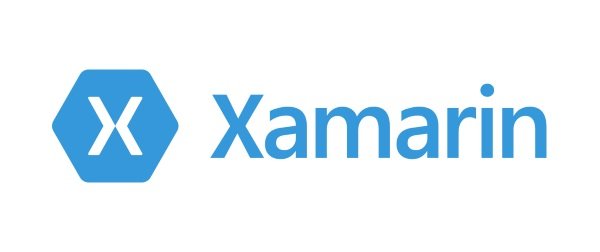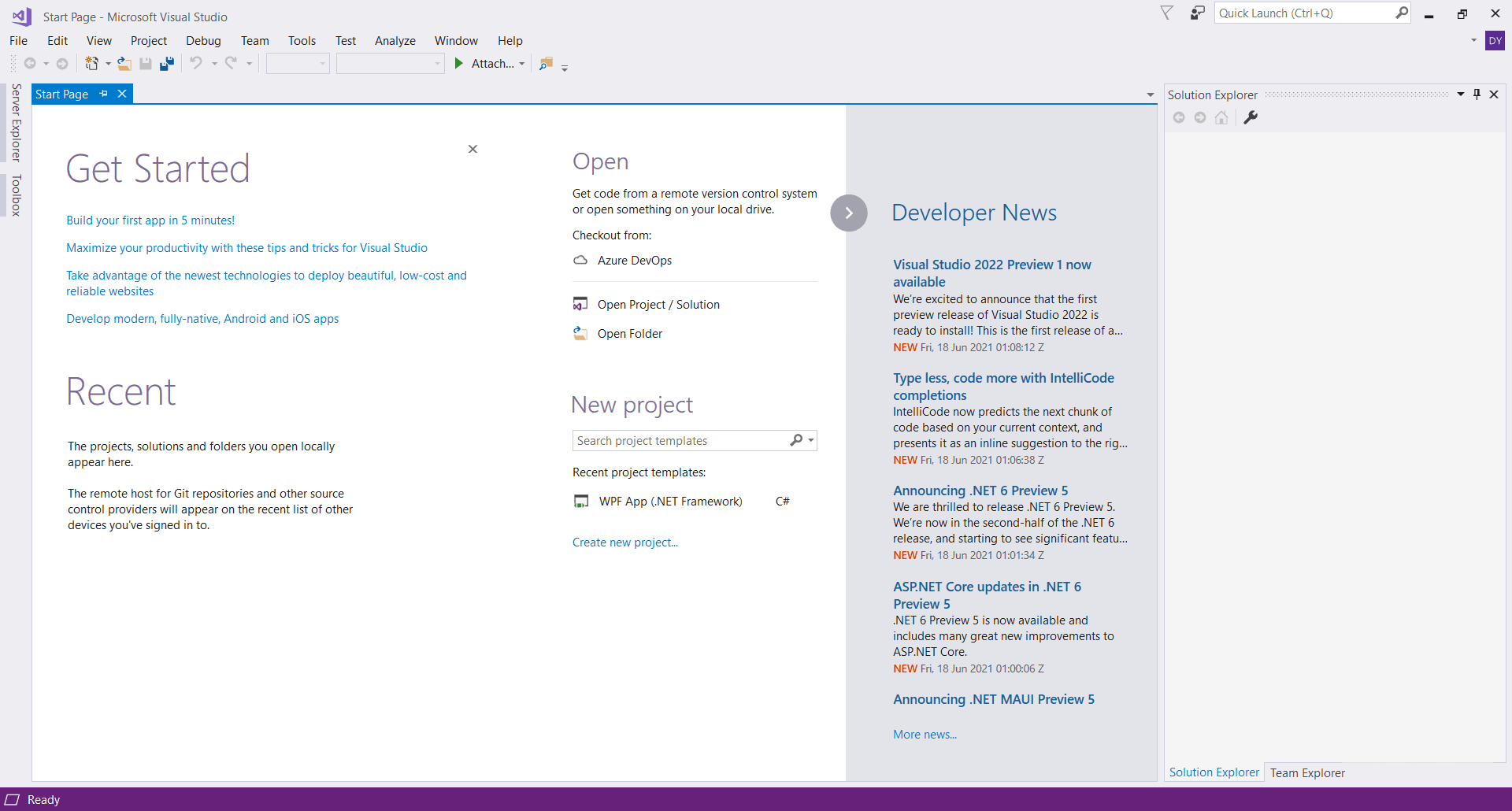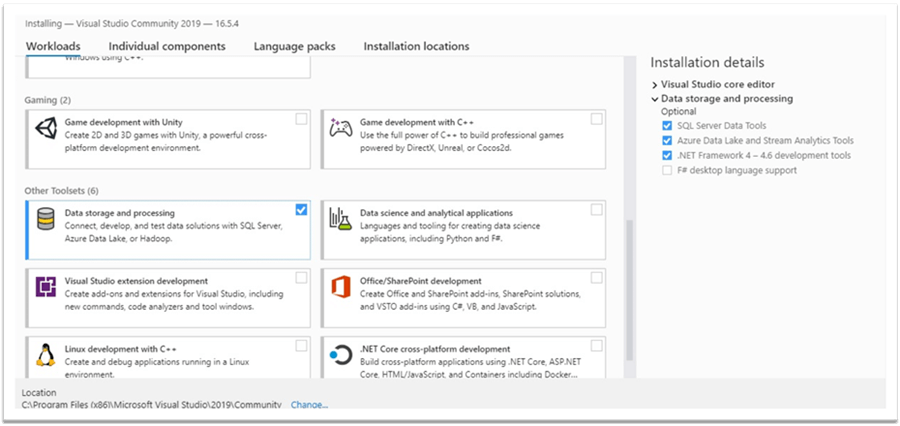

- #VISUAL STUDIO 2017 ENTERPRISE VS PROFESSIONAL VS COMMUNITY INSTALL#
- #VISUAL STUDIO 2017 ENTERPRISE VS PROFESSIONAL VS COMMUNITY UPDATE#
- #VISUAL STUDIO 2017 ENTERPRISE VS PROFESSIONAL VS COMMUNITY PRO#
- #VISUAL STUDIO 2017 ENTERPRISE VS PROFESSIONAL VS COMMUNITY OFFLINE#
- #VISUAL STUDIO 2017 ENTERPRISE VS PROFESSIONAL VS COMMUNITY DOWNLOAD#
Note that at this time, due to a bug, both at the command line and in the JSON file, you must remove the hyphens from the product key.
#VISUAL STUDIO 2017 ENTERPRISE VS PROFESSIONAL VS COMMUNITY PRO#
PRO TIP: Some of the files in the layout folder are very long and when copying, you may get this warning from File Explorer: The installer does create a backup copy for you. This copy is best because every time you re-execute the command, the response.json file gets overwritten. This will vary based on your deployment method.
#VISUAL STUDIO 2017 ENTERPRISE VS PROFESSIONAL VS COMMUNITY INSTALL#
Copy the contents of the “offline” folder to the location where you will actually install it from.This will be reflected in the log file, but you may just want to run your command until you see no additional component downloads taking place.
#VISUAL STUDIO 2017 ENTERPRISE VS PROFESSIONAL VS COMMUNITY DOWNLOAD#
PRO TIP: If there is a glitch during the downloads, one or more components may not download but the command will appear to have succeeded.
#VISUAL STUDIO 2017 ENTERPRISE VS PROFESSIONAL VS COMMUNITY OFFLINE#
Using the same command above, my offline layout folder is 10.6 GB. Sit back and relax, the download will take a while. This is not apparent from several samples I have seen. NOTE: In order to add multiple workloads and/or components in a single command, you need to put -add in front of every workload component.

\offline -lang en-US -includeRecommended -includeOptional -add -add -add -add -add -add -add -add -add .CodedUITest -add .Core -add .FeedbackClient -add .MicrosoftTestManager -add .WebLoadTest -add .2.0 I create the offline layout in a subfolder of my current directory called “offline.” Naming does not matter in this case.
#VISUAL STUDIO 2017 ENTERPRISE VS PROFESSIONAL VS COMMUNITY UPDATE#
This is optional but considering you’ll be re-using this command every time you want to update your offline layout, this is a good idea. What I did, as you’ll see from the command below, is getting the workloads I need, including all recommended and optional components and then added a few extra components. I am not going to take up space in this post listing the components I install. You will find the complete list of workloads and component IDs at. That’s still a hefty download but it saves a little space at least. I only download those that I will actually install.

This post is about Visual Studio 2017 and its new installer technology. There are some interesting changes that need to be made this go-around, including a solution for Installing Office 2016 (VL, MSI) together with Visio and/or Project 2016 (click-to-run, C2R): Deadlocked, but I will write about that later. It’s time to start preparing a new thick image for the computer labs.


 0 kommentar(er)
0 kommentar(er)
